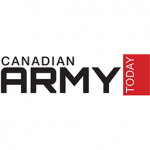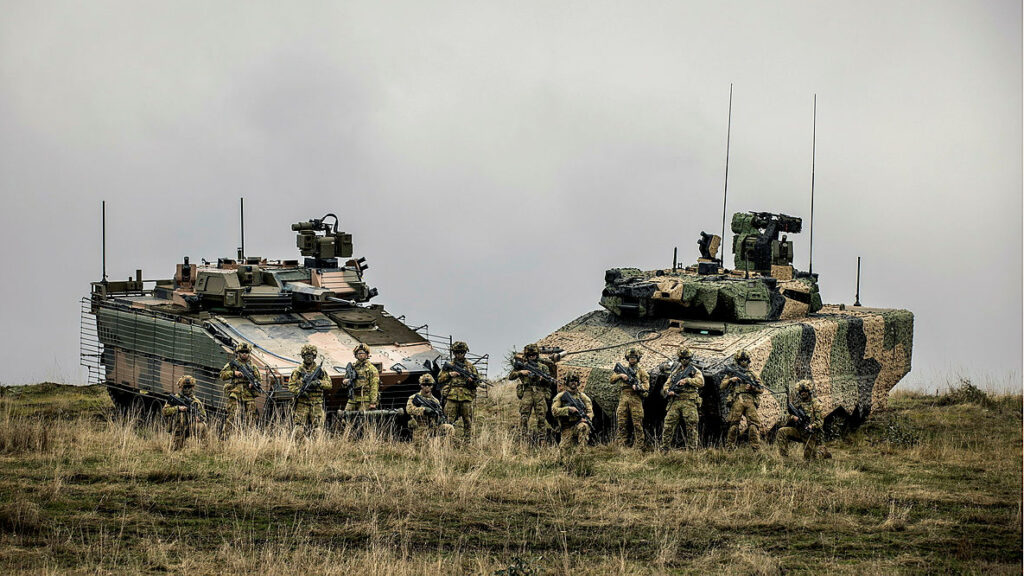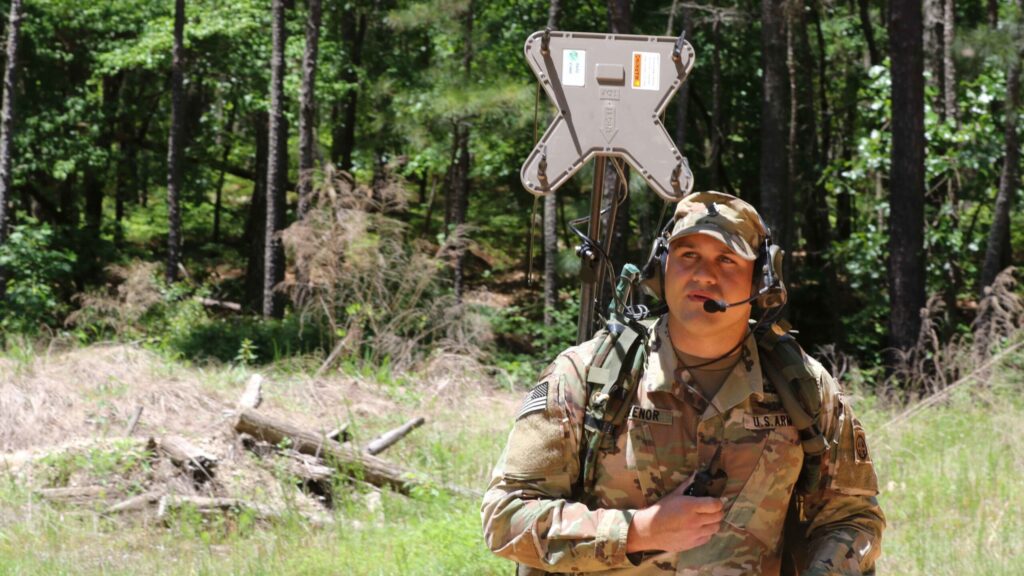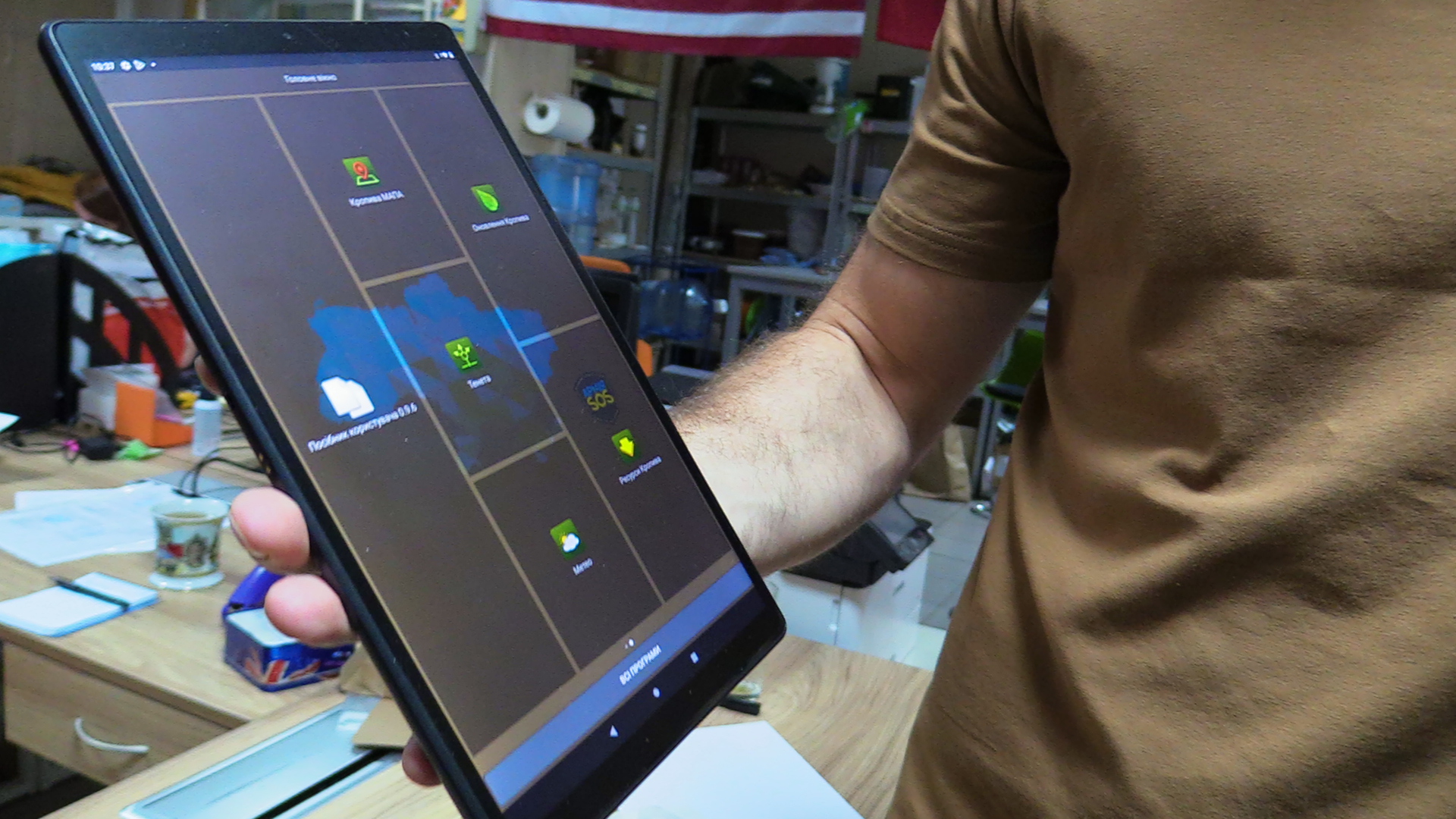Not sure if this has been posted before (couldn't find it in the search).
Joe Paul on the future...
From Ukraine with urgency: How the lessons of conflict are shaping the Army agenda
What direction did you put on the table during Army Council?
I’ve made it clear that, first of all, we will be implementing the Canadian Army Modernization Strategy. I told them that I was not planning on doing version 2 and 3. The time of writing is done. Now it’s time for action. We will be making some adjustments based on the lessons learned from the Ukraine conflict, but CAMS is the way ahead.
There are three buckets of decisions that have to be made. We will be tackling the first before Christmas.
There are a few items in that bucket, but one we’ll be paying attention to is the mission tasks of the divisions. The Reserve mission task is a great concept. But four years in, we need to take stock, assess, and adjust. How has it been delivered? What has been effective? What are areas for improvement? And are there areas where Canada, the CAF and the Army would benefit from other types of mission tasks? One of the lessons of Ukraine (for example), has been their [effort] to go after the logistical tail of Russia. What do we need to do to strengthen and reinforce force protection for the logistical tail of the Canadian Army? In the second bucket, we’ll look at Army structure (Force 2025). Everything is on the table.
Does the conflict reprioritize any of your capability requirements? Is what you’re seeing in Ukraine creating more urgency?
Yes. There are constraints, obviously. Some processes I do not own. But regarding everything that is under my purview and within my authority, absolutely, we’re trying to move as fast as possible. The Army programs are competing for space with programs from the Navy and the Air Force. But I must say, the fact that the government has accepted to have a leadership role of the eFP Battle Group in Latvia has certainly been acknowledged by everybody in this department. And there’s recognition of the fact that we could end up having to speed up some of these projects.
The most urgent ones have to do with air defence, counter UAS systems, and anti-tank systems. These are in the machinery and moving as quickly as they can. But these are the basic entry points. I keep reminding everybody that it’s not because you have a point air defence system on your shoulder that you have air defence – it’s just one of the many moving parts. You need to have radars, mid- and long-range fires. An M-SHORAD (Maneuver-Short Range Air Defense) system like the one we’re looking at right now is like a band aid, it’s a quick fix. What we are after is a totally integrated, much larger type of capability. But that program is going to take a while before it can deliver.
The number one thing on which I’m focused right now is C4ISR (Command, Control, Communications, Computers, Intelligence, Surveillance and Reconnaissance). Everything that has to do with command and sense. We have multiple projects that are trying to address current deficiencies. You need to be able to optimize your sensors and your shooters, [and for that] you need to draw data, convey data and analyze data. You need to provide commanders the decision-making tools they need to make the right decisions quickly. And you need to secure these networks.
But as we move toward being more digitalized, we still need to be able to do HF, VHF radio, we need to maintain the capability of laying lines. It wouldn’t take much to shut down the GPS constellation. So, just as you train to navigate with your compass, you need to be able to operate your command-and-control system with lines. I believe there’s still a place for runners in our organization, with a motocross bike or an ATV. You need to have a multi-layered system that gives you redundancy.
Is there anything that needs to be brought forward now?
Everything that has to do with the aFP brigade. If it does not contribute to deterring an authoritarian regime, I’m not interested right now.

canadianarmytoday.com







